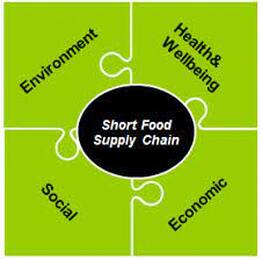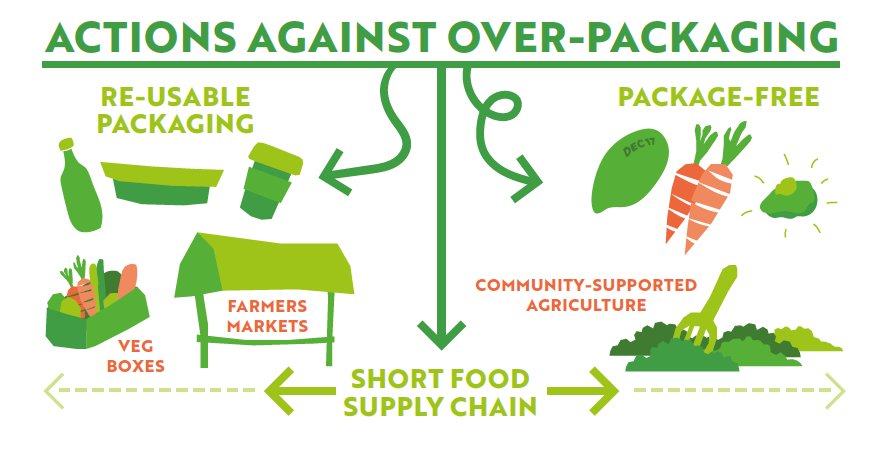 By AFM Contributing Writer; Aimee Whittington Ph.D. In addition to the COVID necessitated changes of the last two years, the agricultural industry has been navigating extreme changes caused by multiple factors over the last decade. Demographic, social, technical, and economic developments have led to the modern industrialized model of food agriculture. Large scale farms and food processing firms dominate production and both they and supermarket chains dominate distribution. The food supply chain has been growing increasingly globalized for decades. As society and economic systems evolved, so did the needs of the consumer and their buying behaviours. Urbanization is one of the main factors that distance the places of production from those of consumption. Accordingly, a growing number of connections (transport, storage, packaging, processing) must be carried out by a plurality of actors. This results in producers having to achieve economies of scale and cut production costs. The most effective way to accomplish this, within the industrialized model of provisioning, is for farms to specialize on only a few products and/or specific phases of the production. The results of these adjustments resulted in the elimination of direct delivery to final consumers and of processing products on-farm. The industrialized model of agriculture is highly efficient, especially as compared to previous models of organising production and distribution. This explains why this model has spread and is dominant at world level. Unfortunately, the agricultural community is now learning how damaging it can be. Among the concerns and criticisms raised are potential danger to food safety, decreased nutritional access, environmental pollution and under many points of view, prevention of market access to smallholders and small and medium enterprises. Over the last decade, with the most rapid evolution taking place over the last 2 years, changes have been made which are swinging the pendulum back towards the local farmer. Short food supply chains have been making a comeback. A short food supply chain (SFSC) is characterized by short physical distance and/or involvement of few, if any, intermediaries between producers and consumers. Examples include farmers’ markets and CSAs, Most specifically, they address functions the industrialized model seems unable or unwilling to provide. The positive changes seen when short food supply chains are put into place and/or strengthened from enhancing SFSCs already in existence affect producers and consumers. In addition to the financial benefits provided to the producers and the far more secure supply chain for the consumer, SFSCs provide a host of other benefits. They strengthen social relations, preserve the environment, improve nutritional aspects of many foods, and enhance local development. Additionally, shortened food chains are extremely useful in sustainable development practices. Expected effects of SFSC growth include continued increases in responsible production and consumption, with regard to land and local resource management, and the meeting of sustainable development goals related to social issues. The two most directly affected being poverty and hunger reduction and enhanced gender equality. SFCS also contribute to the sustainable development goals of addressing climate change and its impacts, as well as that of making communities (especially urban areas) more inclusive, safe, and resilient. As we’ve seen firsthand over the last 2 years, the positive impacts of short food supply chains are difficult to overstate. Sustained economic growth of SFSCs, as evidenced by increased income generation, job opportunities and the building of inclusive production capacities demonstrate they are an effective strategy for producers to consider moving forward. Given the current uncertainty, increased community connections, easy access to safe and healthy food and stable supply chains are just as important now as they were at this time in 2020. The ability to remain resilient in front of global market disruption and providing net positives at every step of the process might be a singularity. Being able to watch it unfold at the Amherst Farmers’ Market has been an astounding experience.
0 Comments
Leave a Reply. |
AFM Marketblog
Bringing you organic, grass-fed, pasture-raised, locally-sourced blog posts on a semi-weekly basis from the Amherst Farmers' Market. Archives
July 2022
categories...
All
|

 RSS Feed
RSS Feed
